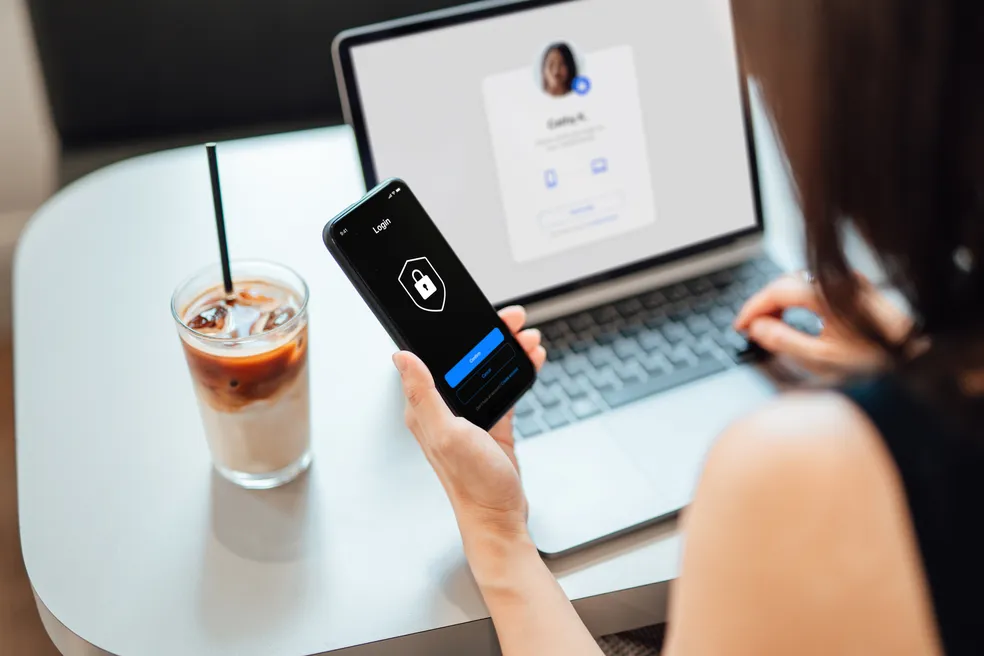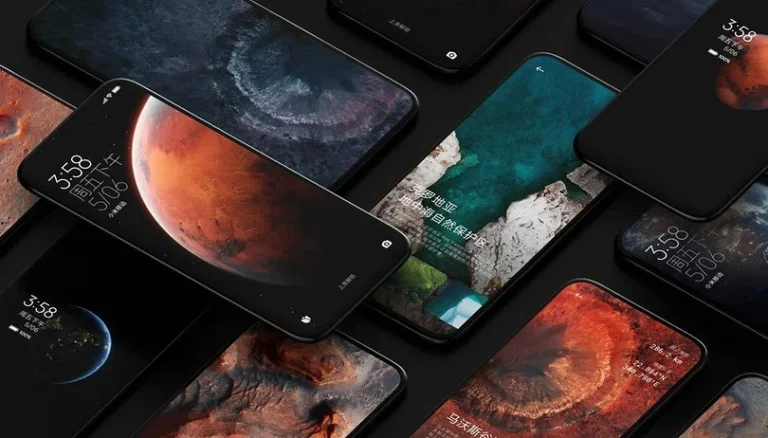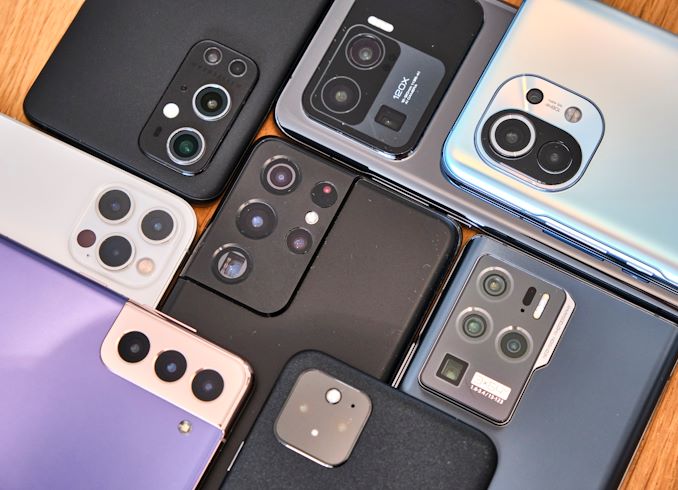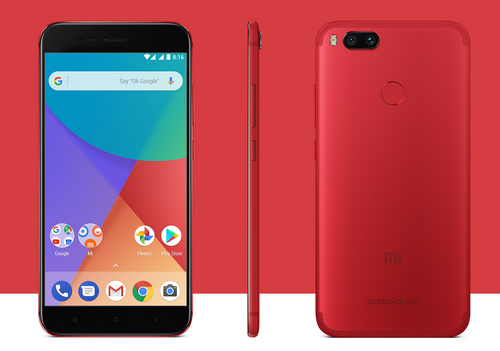Security and convenience are two key features that manufacturers work hard to improve in the ever-changing smartphone market. In this space, biometric authentication has become a significant participant, providing customers with easy and safe methods to unlock their devices while safeguarding private data. In this blog, we examine the newest biometric features included in some of the best-selling smartphones, fusing cutting-edge technology with intuitive user interfaces.
1. Quick and Inconspicuous Fingerprint Sensors for Displays
High-end smartphones now almost always have in-display fingerprint sensors installed, offering a discrete and effective method of unlocking gadgets. Thanks to these built-in sensors, users may unlock their phones by touching a specific place on the display. The Samsung Galaxy S21 and OnePlus 9 are well-known devices that demonstrate the precision and quickness of in-display fingerprint technology. Users may anticipate faster and more dependable authentication thanks to developments in sensor technology, which will improve the user experience overall.
2. Face Recognition: A Quick Look Reveals
Due to significant advancements in the field, facial recognition technology is now a widely used biometric function in many smartphones. With the iPhone 13 series, Apple’s Face ID uses sophisticated 3D face mapping to offer quick and safe verification. The technology gives consumers a smooth experience while unlocking their smartphones and authenticating transactions by guaranteeing correct identification even under different lighting situations. Beyond only opening devices, facial recognition helps ensure safe app access and permission.
3. Under-Display Front Cameras with Face Unlock
High-tech and hidden smartphones are starting to include under-display front cameras, which help with facial identification and offer a continuous display. Facial recognition technology is pioneered by devices such as the ZTE Axon 30, which combines an under-display camera with its capabilities. This invention guarantees a safe and practical unlocking process, permitting a clear, bezel-free screen. Future smartphones are expected to come equipped with under-display cameras as standard equipment, substantially improving the devices’ use and appearance.
4. Voice Recognition: The Key Is Your Voice
Although voice recognition technology has been available for a long, improvements in security and dependability have recently been developed. Smartphones such as the Google Pixel 6 use natural language processing & machine learning to improve speech recognition. Voice commands allow users to access certain apps, unlock their phones, and carry out operations without using their hands. Voice recognition adds another level of convenience for customers who would instead not use their hands, even if it is less often used than other biometric functions.
5. Iris Scanning: Specialized and Accurate
Iris scanning provides additional protection by using the distinctive patterns in the iris to authenticate the person. Smartphones like the Samsung Galaxy S21 series have incorporated iris scanning as another biometric technique, albeit less familiar than fingerprint or face recognition. With its high precision, iris scanning works exceptionally well when face or fingerprint identification, including dim lighting or mask wear, may have difficulties.
6. Multimodal Biometrics: An All-encompassing Method
Multimodal authentication systems that integrate many biometric techniques for increased security are the way of the future for biometric authentication. Specific devices already use multimodal techniques combining fingerprint, face recognition, and other biometric characteristics. This method guarantees strong security by requiring the successful verification of various biometric elements while simultaneously offering users flexibility.
Biometric characteristics are essential to improving the security and convenience of user interactions as cellphones develop further. Manufacturers are pushing the limits of what’s possible in smartphone security with innovations like under-display cameras, sophisticated facial recognition, and in-display fingerprint sensors. Multimodal biometric integration signifies a dedication to giving users a thorough and safe experience. Users could anticipate increasingly more advanced and user-friendly biometric capabilities in future smartphone releases as these technologies develop, setting new benchmarks for the sector.









